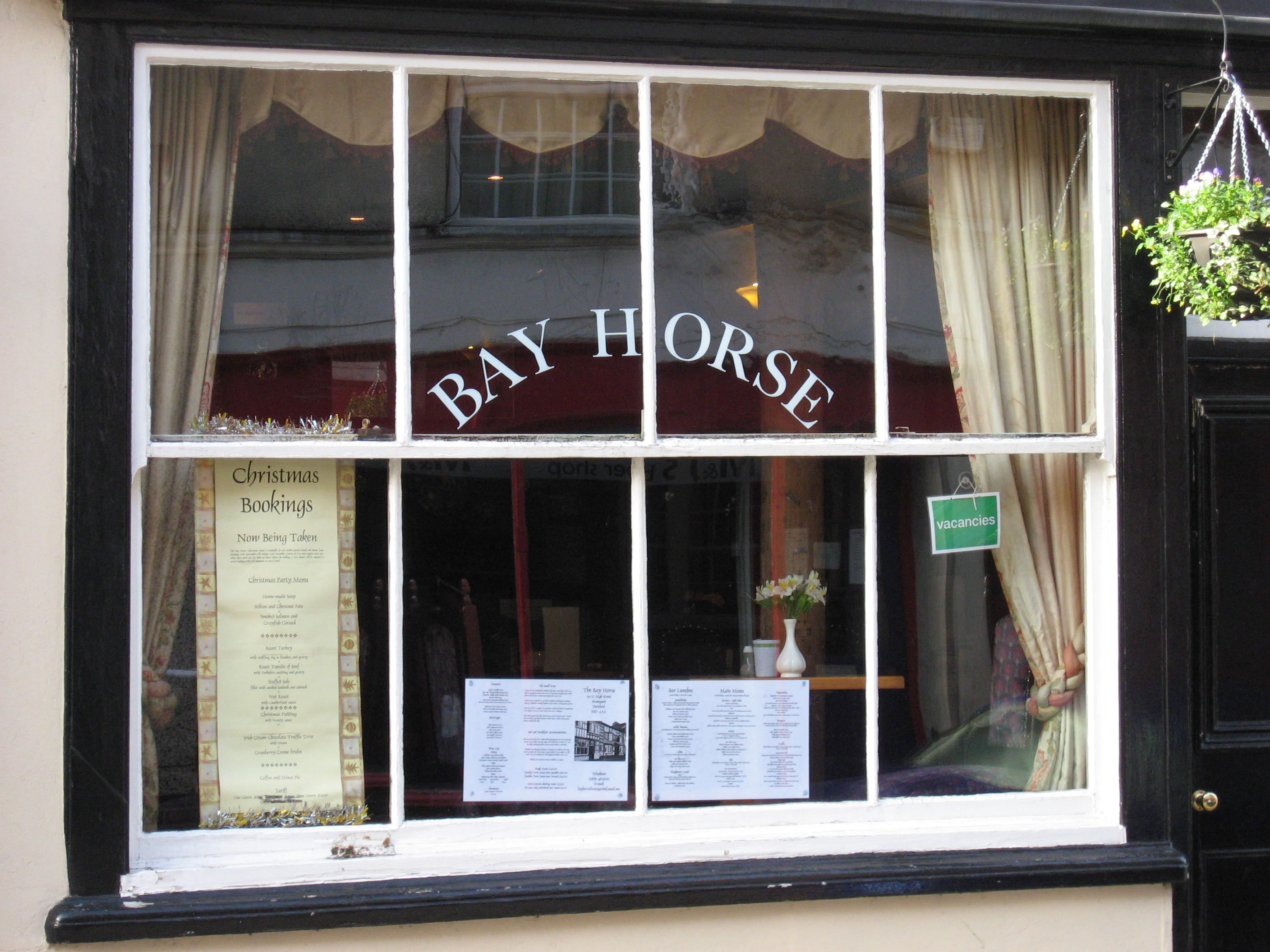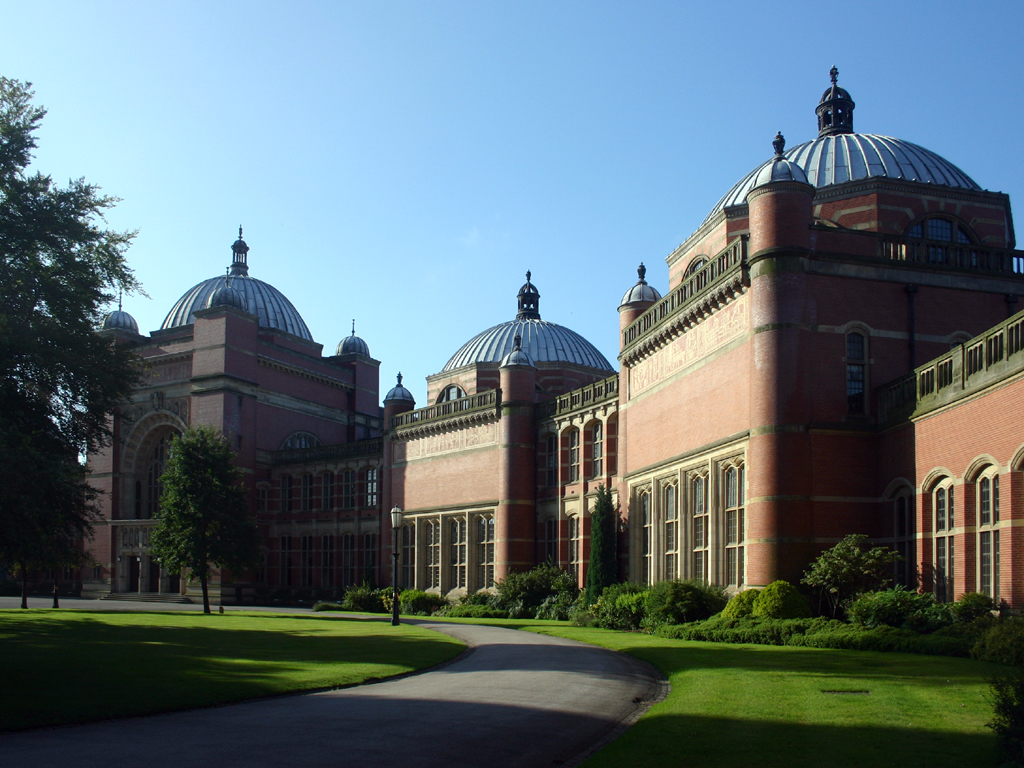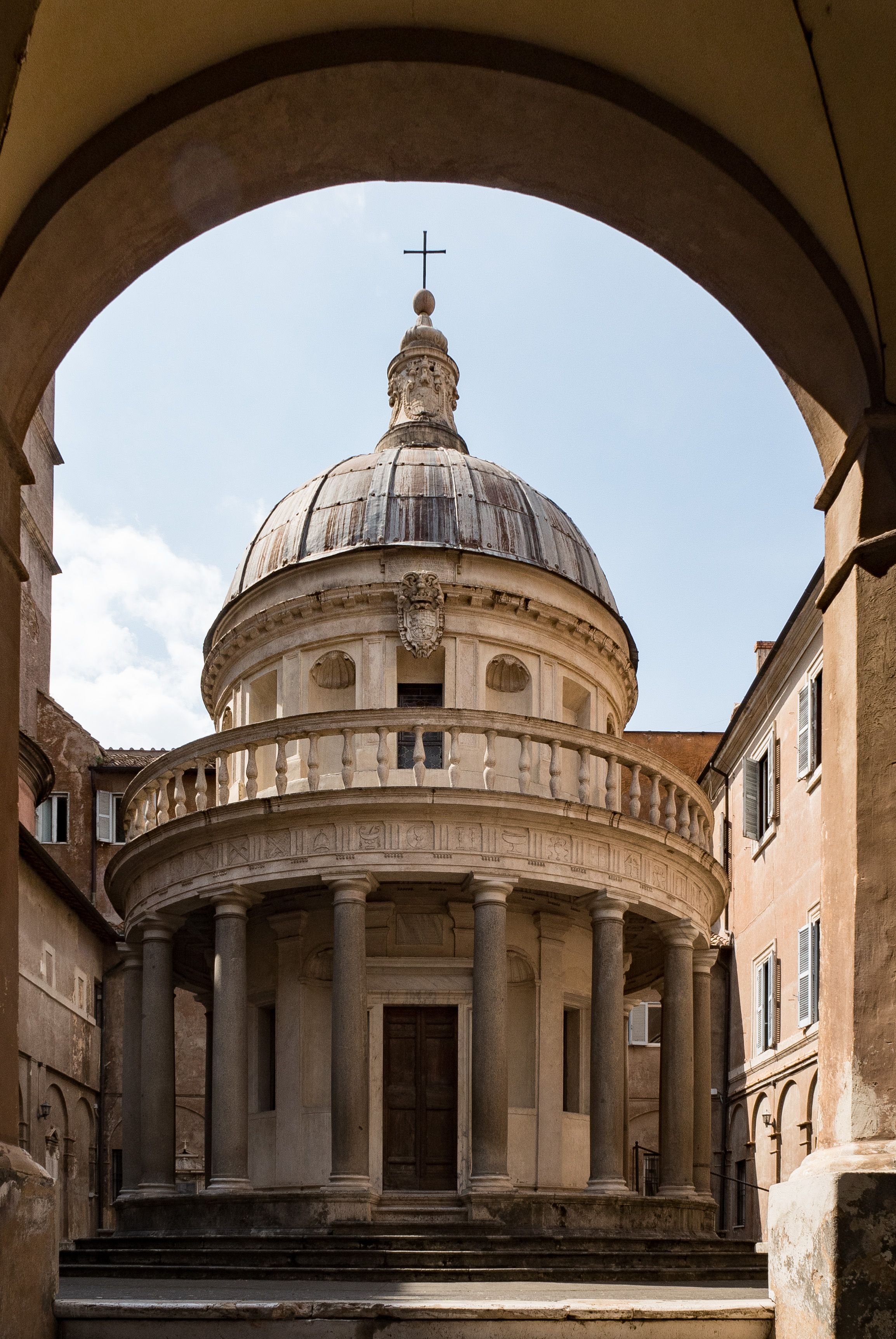|
Culshaw And Sumners
Culshaw and Sumners was a firm of English architects and surveyors who practised in Liverpool in the 19th and early 20th centuries. The work of the practice reflected the growing economic prosperity of the city during this period. Much of its work was routine and mundane, but it did produce some notable buildings, including office blocks, warehouses, domestic properties, workhouses, churches, and a hospital. The firm was established by 1839 by William Culshaw, who was joined by Henry Sumners in 1861. Following Culshaw's death in 1874, the practice was continued until 1916 by his son, Alfred. History The firm was founded by 1839 by William Culshaw (1807–74) who had moved to Liverpool in about 1834 to join a firm of architects and surveyors. He practised on his own for over 20 years until in 1861 Henry Sumners (1825–95) joined him to manage the architectural side of the practice. In 1866 they formed a partnership and were known as Culshaw and Sumners. The par ... [...More Info...] [...Related Items...] OR: [Wikipedia] [Google] [Baidu] |
Ormskirk
Ormskirk is a market town in the West Lancashire district of Lancashire, England, north of Liverpool, northwest of St Helens, southeast of Southport and southwest of Preston. Ormskirk is known for its gingerbread. Geography and administration Ormskirk lies on sloping ground on the side of a ridge, whose highest point is above sea-level, at the centre of the West Lancashire Plain, and has been described as a "planned borough", laid out in the 13th century.Lancashire County Council Ormskirk historic town assessment, Lancashire County Council, 2006 Ormskirk is an , surrounded by the |
Sash Window
A sash window or hung sash window is made of one or more movable panels, or "sashes". The individual sashes are traditionally paned windows, but can now contain an individual sheet (or sheets, in the case of double glazing) of glass. History The oldest surviving examples of sash windows were installed in England in the 1670s, for example at Ham House.Louw, HJ, ''Architectural History'', Vol. 26, 1983 (1983), pp. 49–72, 144–15JSTOR The invention of the sash window is sometimes credited, without conclusive evidence, to Robert Hooke. Others see the sash window as a Dutch invention. H.J. Louw believed that the sash window was developed in England, but concluded that it was impossible to determine the exact inventor. The sash window is often found in Georgian and Victorian houses, and the classic arrangement has three panes across by two up on each of two sash, giving a ''six over six'' panel window, although this is by no means a fixed rule. Innumerable late Victorian and ... [...More Info...] [...Related Items...] OR: [Wikipedia] [Google] [Baidu] |
Nikolaus Pevsner
Sir Nikolaus Bernhard Leon Pevsner (30 January 1902 – 18 August 1983) was a German-British art historian and architectural historian best known for his monumental 46-volume series of county-by-county guides, '' The Buildings of England'' (1951–74). Life Nikolaus Pevsner was born in Leipzig, Saxony, the son of Anna and her husband Hugo Pevsner, a Russian-Jewish fur merchant. He attended St. Thomas School, Leipzig, and went on to study at several universities, Munich, Berlin, and Frankfurt am Main, before being awarded a doctorate by Leipzig in 1924 for a thesis on the Baroque architecture of Leipzig. In 1923, he married Carola ("Lola") Kurlbaum, the daughter of distinguished Leipzig lawyer Alfred Kurlbaum. He worked as an assistant keeper at the Dresden Gallery between 1924 and 1928. He converted from Judaism to Lutheranism early in his life. During this period he became interested in establishing the supremacy of German modernist architecture after becoming aware of ... [...More Info...] [...Related Items...] OR: [Wikipedia] [Google] [Baidu] |
Allerton, Merseyside
Allerton is a suburb of Liverpool, England. Historically in Lancashire, it is located southeast of the city centre and is bordered by the suburbs of Garston, Hunt's Cross, Mossley Hill, and Woolton. It has a number of large houses in the prestigious Calderstones Park area, with mainly 1930s semi-detached housing around the shopping area of Allerton Road. It is paired with Hunts Cross to form the Allerton and Hunts Cross city council ward, which had a population of 14,853 at the 2011 census. History In the Domesday Book, Allerton appears as ''Alretune'', meaning "the alder enclosure". This was derived from the Old English ''alr'', meaning "alder", and ''tún'', meaning "enclosure or village". It was made an urban district by the Local Government Act 1894, and added to the county borough of Liverpool on 9 November 1913. Over the course of the 2010s, many new bars and restaurants opened on Allerton Road, increasing its popularity. Education *New Heys * Calderstones School ... [...More Info...] [...Related Items...] OR: [Wikipedia] [Google] [Baidu] |
Calderstones School
Calderstones School is an English comprehensive school located opposite Calderstones Park on Harthill Road in the Liverpool suburb of Allerton. The school was founded in 1921 as Quarry Bank High School for Boys and its first intake of 225 pupils was on 11 January 1922. The first headmaster of the school was R. F. Bailey (an old Etonian), who formed the school on the principles of public school houses. Subsequently, the first year boys' house was named Bailey. The current headteacher is Lee Ratcliffe. The school has several notable former pupils, including founding Beatles member John Lennon, music producer Guy Chambers and the architect Sir James Stirling. History In September 1967, Quarry Bank High School for Boys merged with neighbouring Calder High School for Girls (a girls' grammar school, also on Harthill Road) and nearby Morrison Boys' Secondary Modern, and adopted the name Quarry Bank Comprehensive School. The same year saw the abolition of the school's house system, ... [...More Info...] [...Related Items...] OR: [Wikipedia] [Google] [Baidu] |
Renaissance Architecture
Renaissance architecture is the European architecture of the period between the early 15th and early 16th centuries in different regions, demonstrating a conscious revival and development of certain elements of ancient Greek and Roman thought and material culture. Stylistically, Renaissance architecture followed Gothic architecture and was succeeded by Baroque architecture. Developed first in Florence, with Filippo Brunelleschi as one of its innovators, the Renaissance style quickly spread to other Italian cities. The style was carried to Spain, France, Germany, England, Russia and other parts of Europe at different dates and with varying degrees of impact. Renaissance style places emphasis on symmetry, proportion, geometry and the regularity of parts, as demonstrated in the architecture of classical antiquity and in particular ancient Roman architecture, of which many examples remained. Orderly arrangements of columns, pilasters and lintels, as well as the use of semici ... [...More Info...] [...Related Items...] OR: [Wikipedia] [Google] [Baidu] |
West Derby
West Derby ( ) is an affluent suburb of Liverpool, England. It is located East of the city and is also a Liverpool City Council ward. At the 2011 Census, the population was 14,382. History West Derby Mentioned in the ''Domesday Book'', West Derby achieved significance far earlier than Liverpool itself. The name West Derby comes from an Old Norse word meaning "place of the wild beasts" or "wild deer park" and refers to the deer park (now Croxteth Park) established there by King Edward the Confessor. West Derby became the main administrative area in today's Liverpool for the Norman Conquests and was the largest area within the West Derby Hundred which covered most of south west Lancashire. Contrary to popular belief, the original Earls of Derby were not conferred their title from West Derby, but from Derbyshire, Robert de Ferrers being the first Earl. Subsequent titles were created and bestowed on the Stanley Family. The Derby (horse race) is named after Edward Smith-St ... [...More Info...] [...Related Items...] OR: [Wikipedia] [Google] [Baidu] |
Runcorn
Runcorn is an industrial town and cargo port in the Borough of Halton in Cheshire, England. Its population in 2011 was 61,789. The town is in the southeast of the Liverpool City Region, with Liverpool to the northwest across the River Mersey. Runcorn is on the southern bank of the River Mersey, where the estuary narrows to form the Runcorn Gap. Runcorn was founded by Ethelfleda in 915 AD as a fortification to guard against Viking invasion at a narrowing of the River Mersey. Under Norman rule, Runcorn fell under the Barony of Halton and an Augustinian abbey was established here in 1115. It remained a small, isolated settlement until the Industrial Revolution when the extension of the Bridgewater Canal to Runcorn in 1776 established it as a port which would link Liverpool with inland Manchester and Staffordshire. and The docks enabled the growth of industry, initially shipwrights and sandstone quarries. In the late 18th and early 19th centuries, it was a spa and health res ... [...More Info...] [...Related Items...] OR: [Wikipedia] [Google] [Baidu] |
Whiston, Merseyside
Whiston is a town and civil parish within the Metropolitan Borough of Knowsley in Merseyside, England. Previously recorded within the historic county of Lancashire, it is located east of Liverpool. The population was 13,629 at the 2001 Census, increasing to 14,263 at the 2011 Census. A new village, Halsnead Garden Village, was approved with government support in 2017 and will be located in the Halsnead area of the town. The new village will contain over 1,500 houses, a primary school, a country park, and various community and leisure facilities. Construction is estimated to cost around £270 million. History The first record of Whiston comes in 1245, being rendered as "Quistan" and being within the West Derby Hundred in Lancashire. Archeological evidence such as a neolithic polished hand-axe and mesolithic tool fragments suggest that the region was host to pre-historic settlement up to 12,000 years, ago while other archaeological finds include remnants of a Roman tile work ... [...More Info...] [...Related Items...] OR: [Wikipedia] [Google] [Baidu] |
Workhouse
In Britain, a workhouse () was an institution where those unable to support themselves financially were offered accommodation and employment. (In Scotland, they were usually known as poorhouses.) The earliest known use of the term ''workhouse'' is from 1631, in an account by the mayor of Abingdon reporting that "we have erected wthn our borough a workhouse to set poorer people to work". The origins of the workhouse can be traced to the Statute of Cambridge 1388, which attempted to address the labour shortages following the Black Death in England by restricting the movement of labourers, and ultimately led to the state becoming responsible for the support of the poor. However, mass unemployment following the end of the Napoleonic Wars in 1815, the introduction of new technology to replace agricultural workers in particular, and a series of bad harvests, meant that by the early 1830s the established system of poor relief was proving to be unsustainable. The New Poor Law of 18 ... [...More Info...] [...Related Items...] OR: [Wikipedia] [Google] [Baidu] |
Gothic Architecture
Gothic architecture (or pointed architecture) is an architectural style that was prevalent in Europe from the late 12th to the 16th century, during the High and Late Middle Ages, surviving into the 17th and 18th centuries in some areas. It evolved from Romanesque architecture and was succeeded by Renaissance architecture. It originated in the Île-de-France and Picardy regions of northern France. The style at the time was sometimes known as ''opus Francigenum'' (lit. French work); the term ''Gothic'' was first applied contemptuously during the later Renaissance, by those ambitious to revive the architecture of classical antiquity. The defining design element of Gothic architecture is the pointed or ogival arch. The use of the pointed arch in turn led to the development of the pointed rib vault and flying buttresses, combined with elaborate tracery and stained glass windows. At the Abbey of Saint-Denis, near Paris, the choir was reconstructed between 1140 and 114 ... [...More Info...] [...Related Items...] OR: [Wikipedia] [Google] [Baidu] |
Tudor Architecture
The Tudor architectural style is the final development of Medieval architecture in England and Wales, during the Tudor period (1485–1603) and even beyond, and also the tentative introduction of Renaissance architecture to Britain. It followed the Late Gothic Perpendicular style and, gradually, it evolved into an aesthetic more consistent with trends already in motion on the continent, evidenced by other nations already having the Northern Renaissance underway Italy, and especially France already well into its revolution in art, architecture, and thought. A subtype of Tudor architecture is Elizabethan architecture, from about 1560 to 1600, which has continuity with the subsequent Jacobean architecture in the early Stuart period. In the much more slow-moving styles of vernacular architecture, "Tudor" has become a designation for half-timbered buildings, although there are cruck and frame houses with half timbering that considerably predate 1485 and others well after 1603; ... [...More Info...] [...Related Items...] OR: [Wikipedia] [Google] [Baidu] |








.jpg)
